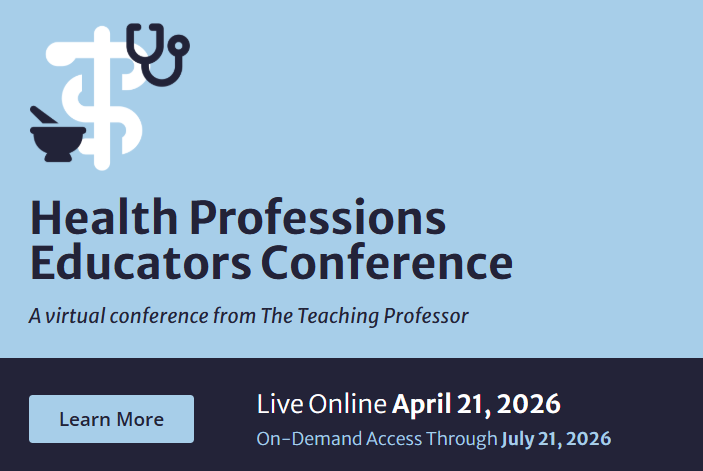
Dealing with Student Deceptions: What to do with ‘Death in the Family’ Excuses
Early in my professorial career, I noticed two patterns: (1) requests for extensions on papers and forgiven absences spiked immediately prior to major breaks, and (2) dying grandparents were nearly always the explanation offered for those requests. I definitely wondered, and sometimes felt guilty, about the close correlation between expiring relatives and due dates listed on my syllabus.



